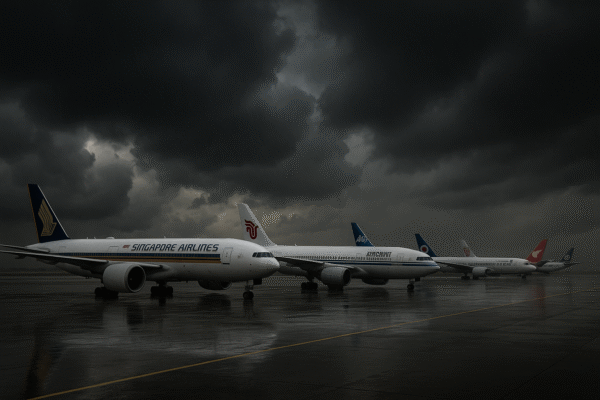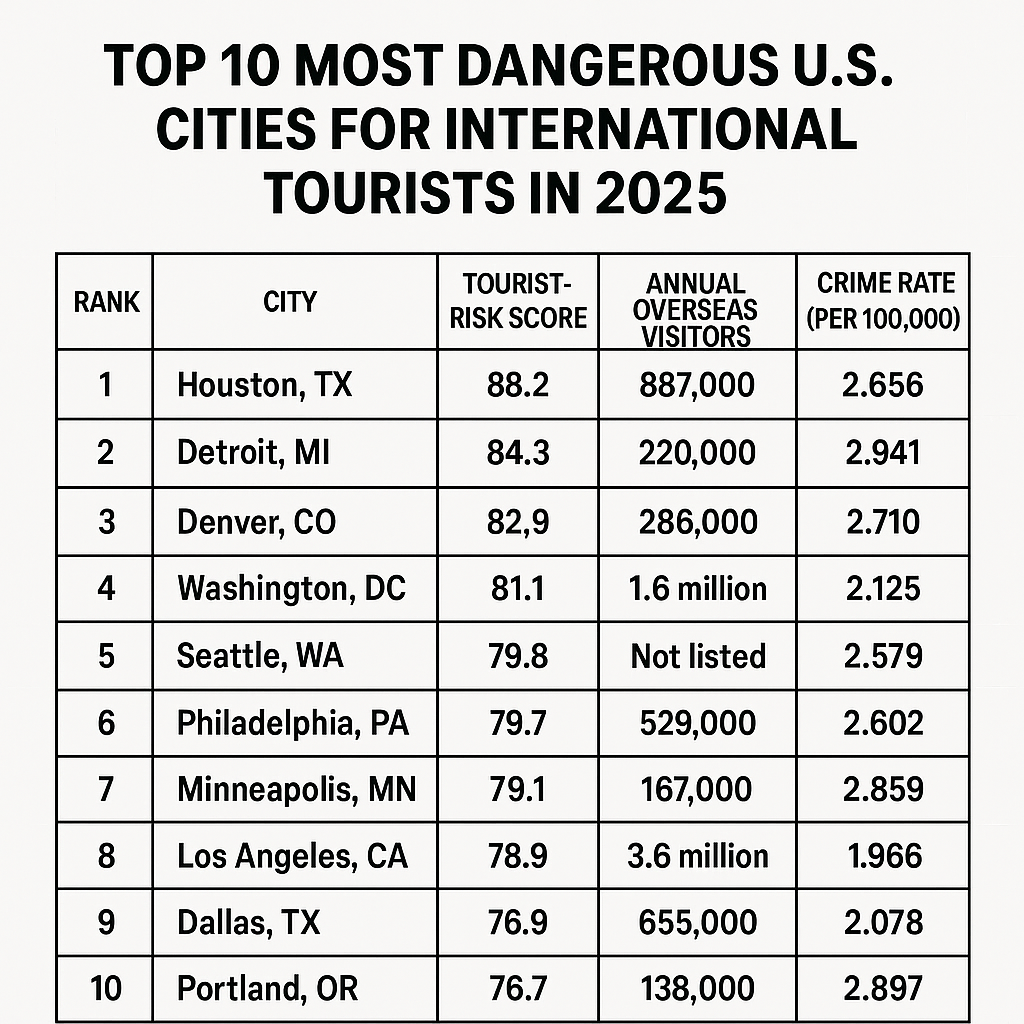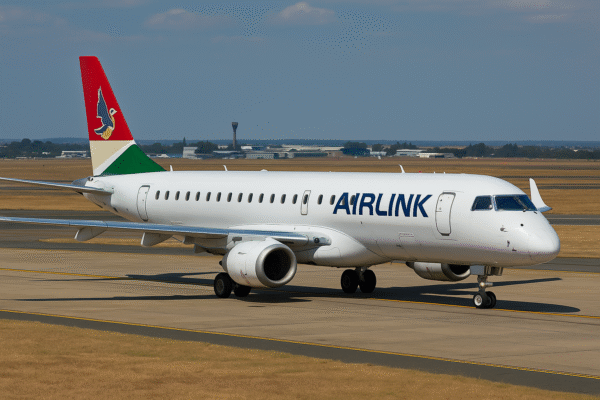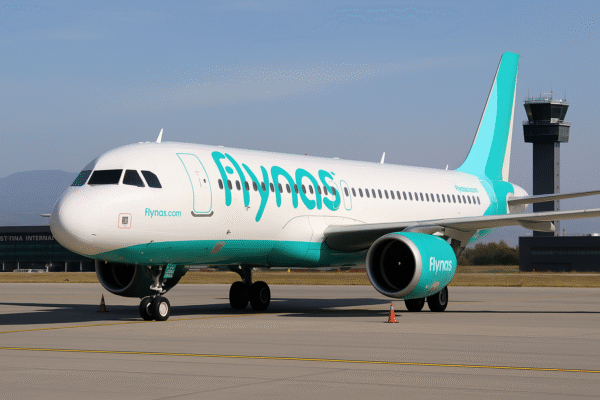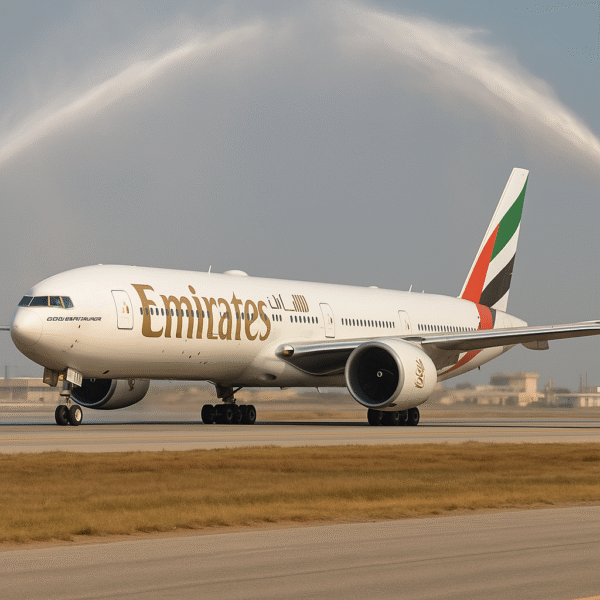Jordan Tourism Earns $3.7 Billion in H1 2025 Amid Surging Travel from China, India, South Korea, and Beyond
Amman, Jordan – July 2025 – Jordan’s tourism industry has reported a strong financial performance for the first half of 2025, generating nearly $3.7 billion in revenue, according to newly released data from the Central Bank of Jordan. The 11.9% year-on-year increase has been driven by a surge in international tourist arrivals, especially from Asia and Europe, solidifying Jordan’s status as a resilient and sought-after Middle Eastern destination.
Despite geopolitical tensions in neighboring regions, Jordan’s strategic promotions, growing air connectivity, and focus on heritage and cultural tourism have resulted in a thriving inbound tourism sector.
Strong Growth Across Key International Markets
Inbound travel from Asia has been particularly robust, with tourism revenues from countries such as China, India, South Korea, and other Southeast Asian nations increasing by an impressive 42.9%. Tourists from these markets are especially drawn to Jordan’s UNESCO World Heritage Sites like Petra and the desert landscapes of Wadi Rum.
European visitor spending rose by 35.6%, aided by the launch of new direct flights to Amman and Aqaba from major European cities. The growth in demand for historical, eco-friendly, and cultural travel experiences aligns with the global trend toward immersive and sustainable tourism.
North American markets also showed significant promise, with a 25.8% rise in tourism revenue from U.S. and Canadian travelers. This is partly due to increased flight options through Royal Jordanian and improved marketing campaigns by the Jordan Tourism Board (JTB), including digital influencer partnerships on platforms like Instagram and TikTok.
Meanwhile, Arab visitors, who represent a vital regional market, contributed to an 11.5% increase in revenue. This steady growth is bolstered by family-friendly accommodations and regional holiday promotions.
Tourism earnings from other global markets—including Latin America, Africa, and Oceania—rose by 43%, showcasing Jordan’s expanding appeal across the global travel landscape.
June Dip Attributed to Regional Tensions
Although the first half of 2025 showed clear upward momentum, June saw a modest decline in tourism revenue, dropping 3.7% year-on-year to $619.2 million. Experts attribute this temporary dip to increased regional instability, which may have prompted some last-minute cancellations and deterred potential travelers.
Nonetheless, analysts consider the drop an anomaly within an otherwise consistent growth trajectory. June has historically been susceptible to seasonal and geopolitical volatility in Middle Eastern travel markets.
Domestic and Outbound Travel Trends
Interestingly, the number of Jordanian expatriates returning home fell slightly, with tourism revenues from this segment declining by 0.8%. Traditionally a strong contributor to domestic travel, this group’s behavior shift may be due to economic concerns or shorter, budget-conscious visits.
Outbound tourism from Jordan rose 3.3% during H1 2025, reaching $999.7 million in spending. However, a steep 22.7% drop was recorded in June, with Jordanians spending just $195.6 million on international travel that month. The fall is likely linked to currency fluctuations and rising travel costs.
Jordan’s Competitive Advantage in the Middle East
Jordan’s continued tourism success is remarkable in the face of regional challenges. The country has maintained its reputation as a stable, safe, and hospitable destination. This image, combined with strategic marketing and government-led safety assurances, reinforces international traveler confidence.
“Despite instability around us, Jordan has shown remarkable resilience,” said Abed Al-Razzaq Arabiyat, Managing Director of the Jordan Tourism Board. “Our diversified tourism offerings, from biblical sites to wellness retreats, continue to attract new markets.”
Investment in Sustainability and Infrastructure
A growing focus on sustainable tourism is reshaping Jordan’s travel sector. Destinations like Dana Biosphere Reserve and Feynan Ecolodge are now promoted as eco-friendly alternatives to overcrowded landmarks. These low-impact tourism models help distribute visitor traffic more evenly and benefit local communities.
Government initiatives and private sector investment are also fueling hospitality expansion, with boutique hotels and luxury resorts opening in Aqaba, Amman, and around the Dead Sea. Infrastructure improvements—including road upgrades and ongoing airport expansion projects—are enhancing the visitor experience.
Strategic Air Connectivity and Digital Promotion
Royal Jordanian and budget airlines have expanded their routes in 2025, connecting Jordan with new cities in Asia and Europe. These connections, alongside visa-on-arrival and e-visa facilitation for many nationalities, are key to the destination’s accessibility.
The Jordan Tourism Board’s aggressive digital campaigns have also paid off. Social media collaborations with travel influencers and the use of immersive video content have helped reposition Jordan as a top-tier experiential travel destination for millennials and Gen Z travelers.
Outlook: Strong Finish Expected for 2025
Jordan’s tourism authorities are optimistic that the country will surpass its full-year tourism revenue targets. Continued efforts to tap into emerging source markets like Brazil, Indonesia, and Vietnam are underway, while religious tourism linked to the Holy Land and Islamic heritage trails remains a core focus.
With more than $3.7 billion earned in the first six months, and ongoing global interest in heritage-rich travel, Jordan is expected to maintain its upward trajectory into the second half of 2025—proving once again that it is one of the most resilient and compelling destinations in the Middle East.
For more travel news like this, keep reading Global Travel Wire






